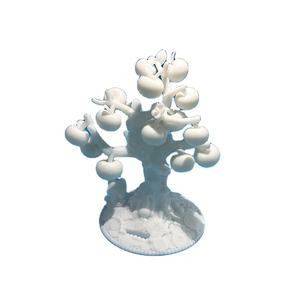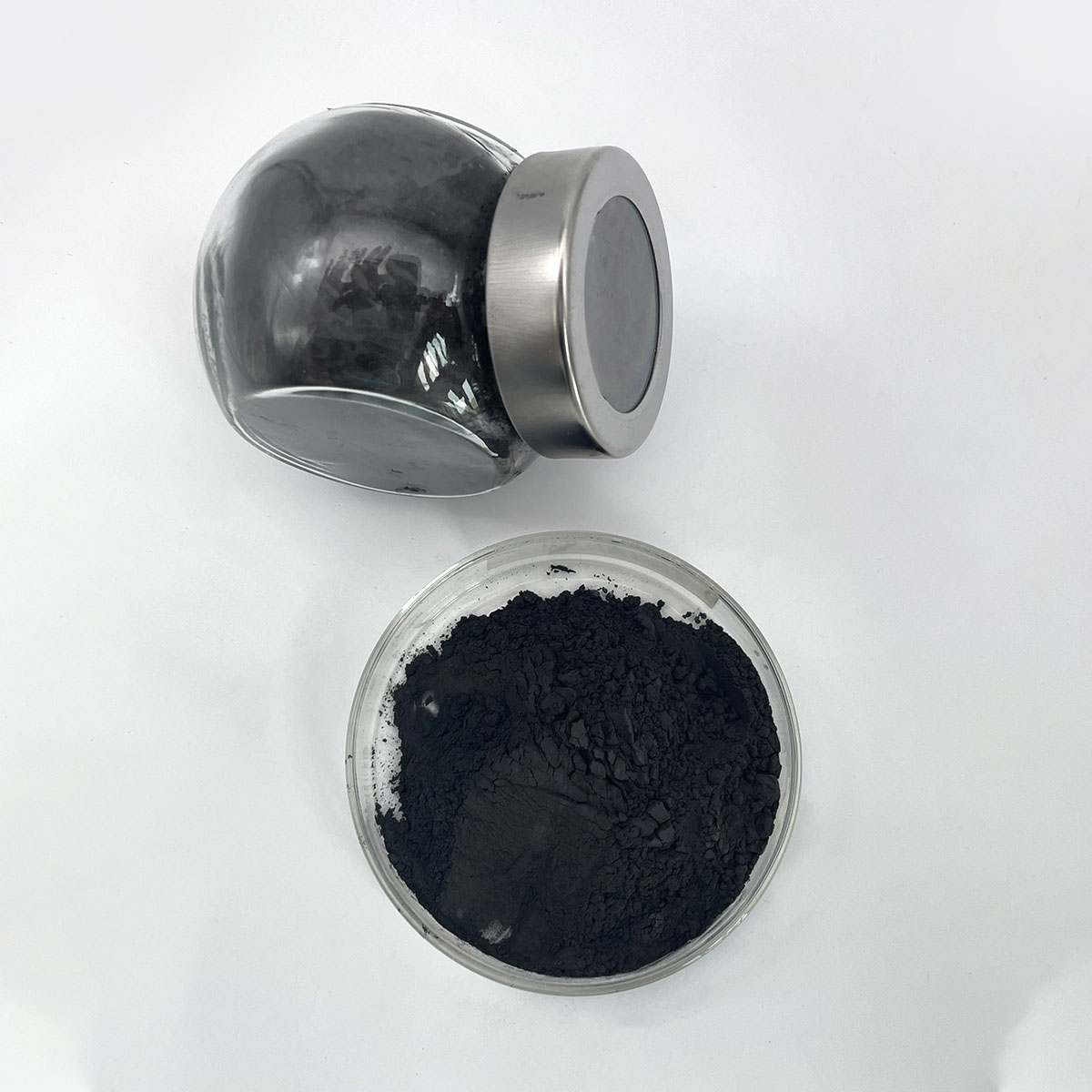Intro to Steel Powder for 3D Printing
Steel powder for 3D printing is changing the production landscape, providing extraordinary precision and personalization. This sophisticated product makes it possible for the production of intricate geometries and detailed designs that were previously unreachable with conventional techniques. By leveraging metal powders, markets can introduce faster, reduce waste, and attain greater performance standards. This post discovers the structure, applications, market trends, and future prospects of steel powder in 3D printing, highlighting its transformative influence on different fields.
(3D Printing Product)
The Make-up and Feature of Steel Powders
Steel powders made use of in 3D printing are generally composed of alloys such as stainless-steel, titanium, aluminum, and nickel-based superalloys. These materials possess distinct properties that make them suitable for additive production. High pureness and consistent particle size circulation make certain consistent melting and solidification throughout the printing process. Secret features include exceptional mechanical stamina, thermal security, and deterioration resistance. Additionally, steel powders use premium surface finish and dimensional precision, making them important for high-performance applications.
Applications Throughout Diverse Industries
1. Aerospace and Protection: In aerospace and defense, steel powder 3D printing changes the production of light-weight, high-strength parts. Titanium and nickel-based alloys are generally used to develop parts with complex internal frameworks, decreasing weight without jeopardizing strength. This modern technology makes it possible for quick prototyping and tailored production, increasing development cycles and reducing lead times. Additionally, 3D printing allows for the creation of parts with integrated cooling networks, improving thermal administration and performance.
2. Automotive Industry: The automotive field take advantage of metal powder 3D printing by generating lighter, much more reliable components. Aluminum and stainless-steel powders are made use of to make engine components, exhaust systems, and structural elements. Additive production assists in the style of maximized geometries that improve gas performance and reduce exhausts. Customized production additionally allows for the creation of limited-edition or specific automobiles, conference varied market needs. Furthermore, 3D printing reduces tooling expenses and makes it possible for just-in-time production, enhancing supply chains.
3. Medical and Dental: In medical and dental applications, steel powder 3D printing supplies individualized options for implants and prosthetics. Titanium powders provide biocompatibility and osseointegration, ensuring secure and effective assimilation with human cells. Personalized implants tailored to individual clients’ compositions boost surgical outcomes and individual fulfillment. In addition, 3D printing speeds up the advancement of brand-new clinical tools, assisting in much faster governing authorization and market access. The ability to create intricate geometries additionally sustains the development of ingenious oral restorations and orthopedic tools.
4. Tooling and Molds: Metal powder 3D printing changes tooling and mold-making by allowing the manufacturing of intricate molds with conformal cooling channels. This technology enhances cooling performance, minimizing cycle times and boosting part quality. Stainless-steel and device steel powders are typically used to produce resilient mold and mildews for shot molding, pass away casting, and marking procedures. Custom-made tooling also allows for rapid version and prototyping, increasing item growth and decreasing time-to-market. Additionally, 3D printing removes the need for pricey tooling inserts, lowering manufacturing costs.
Market Fads and Growth Motorists: A Forward-Looking Point of view
1. Sustainability Initiatives: The worldwide push for sustainability has affected the fostering of metal powder 3D printing. This technology minimizes product waste by utilizing only the needed amount of powder, reducing environmental impact. Recyclability of unsintered powder even more improves its environment-friendly qualifications. As sectors prioritize lasting practices, metal powder 3D printing lines up with environmental objectives, driving market growth. Advancements in eco-friendly production processes will certainly continue to increase the application possibility of metal powders.
2. Technical Improvements in Additive Production: Quick advancements in additive manufacturing modern technology have increased the capabilities of steel powder 3D printing. Boosted laser and electron beam melting strategies enable faster and a lot more exact printing, enhancing efficiency and component top quality. Advanced software program tools help with smooth design-to-print process, optimizing part geometry and construct orientation. The assimilation of artificial intelligence (AI) and artificial intelligence (ML) further enhances process control and defect discovery, ensuring trustworthy and repeatable results. These technical innovations placement metal powder 3D printing at the center of making evolution.
3. Expanding Need for Personalization and Customization: Increasing consumer demand for personalized products is driving the fostering of metal powder 3D printing. From tailored clinical implants to bespoke automotive components, this modern technology allows mass personalization without the linked expense penalties. Customized manufacturing likewise supports specific niche markets and specialized applications, supplying unique value proposals. As client assumptions advance, metal powder 3D printing will certainly remain to satisfy the expanding need for tailored solutions across industries.
Challenges and Limitations: Browsing the Path Forward
1. Price Considerations: In spite of its many benefits, steel powder 3D printing can be extra costly than standard manufacturing techniques. Top quality metal powders and sophisticated tools contribute to the total expense, restricting wider fostering. Suppliers should stabilize efficiency benefits against financial constraints when selecting products and modern technologies. Dealing with expense barriers through economies of scale and process optimization will be crucial for larger acceptance and market penetration.
2. Technical Experience: Effectively executing steel powder 3D printing needs specialized expertise and handling methods. Small producers or those unfamiliar with the modern technology might encounter obstacles in maximizing manufacturing without adequate proficiency and equipment. Linking this gap via education and accessible innovation will certainly be important for wider fostering. Empowering stakeholders with the needed skills will certainly open the full possibility of steel powder 3D printing across sectors.
( 3D Printing Powder)
Future Potential Customers: Developments and Opportunities
The future of steel powder 3D printing looks encouraging, driven by the raising need for sustainable, high-performance, and customized remedies. Ongoing research and development will certainly bring about the production of new alloys and applications for steel powders. Innovations in binder jetting, routed energy deposition, and chilly spray technologies will certainly further increase the capabilities of additive production. As sectors prioritize efficiency, toughness, and ecological duty, steel powder 3D printing is poised to play a critical role fit the future of manufacturing. The continuous evolution of this technology promises exciting possibilities for technology and growth.
Final thought: Welcoming the Potential of Steel Powder for 3D Printing
In conclusion, metal powder for 3D printing is reinventing production by enabling specific, personalized, and high-performance manufacturing. Its unique residential properties and comprehensive applications use considerable benefits, driving market development and technology. Understanding the advantages and challenges of steel powder 3D printing makes it possible for stakeholders to make educated choices and capitalize on emerging possibilities. Embracing this modern technology means welcoming a future where innovation fulfills reliability and sustainability in manufacturing.
High-quality Metal Powder for 3D Printing Distributor
TRUNNANO is a supplier of nano materials with over 12 years experience in nano-building energy conservation and nanotechnology development. It accepts payment via Credit Card, T/T, West Union and Paypal. Trunnano will ship the goods to customers overseas through FedEx, DHL, by air, or by sea. If you want to know more about Nano Silicon Dioxide, please feel free to contact us and send an inquiry.(sales5@nanotrun.com)
All articles and pictures are from the Internet. If there are any copyright issues, please contact us in time to delete.
Inquiry us
Error: Contact form not found.


